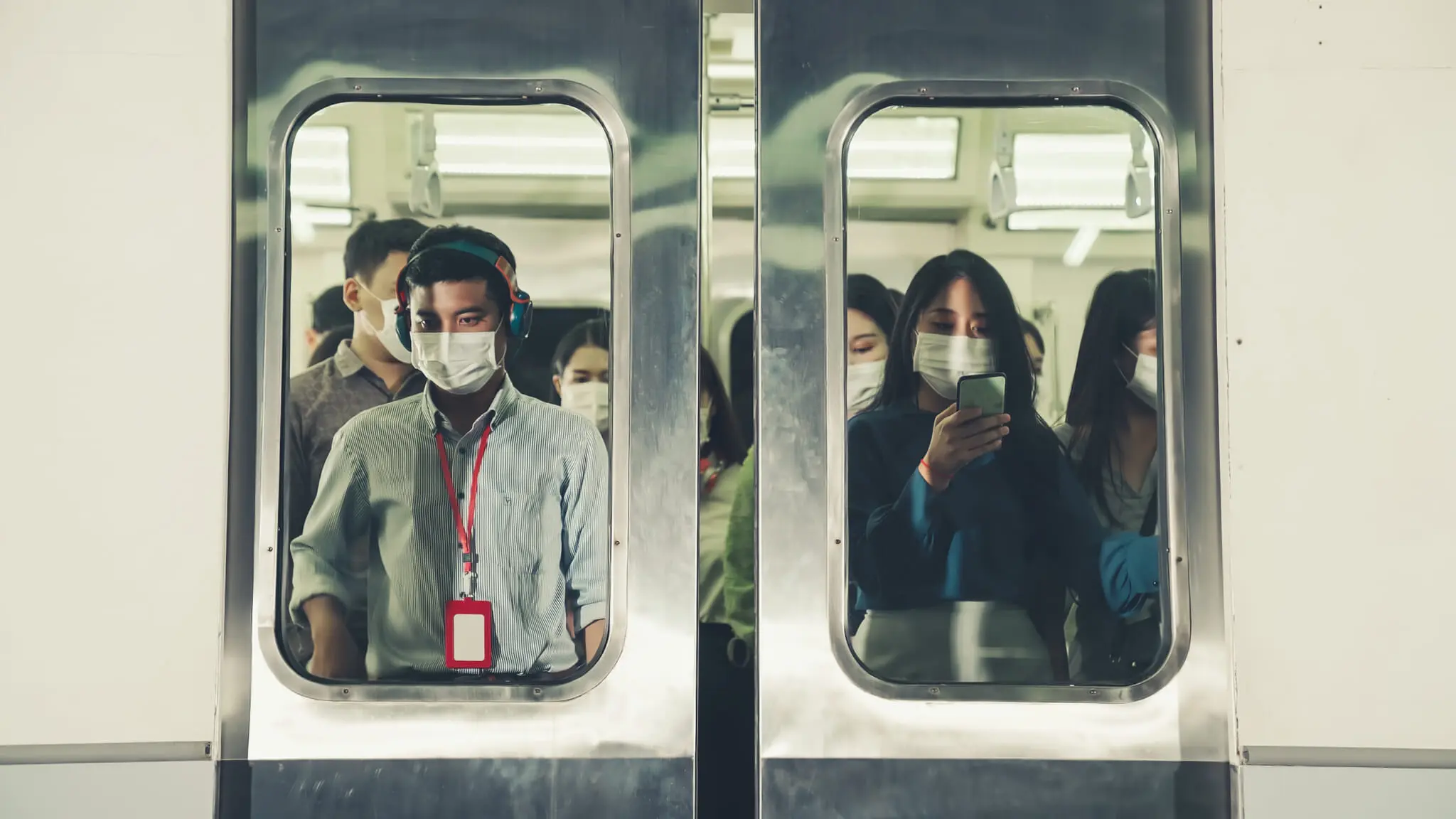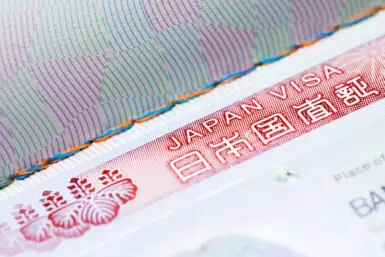KP.3, the newest strain of COVID-19, is on the rise in Japan. In April, the KP.3 variant accounted for 18.25% of the total cases in Tokyo according to the metropolitan government. In June, that figure had risen to 81.1%. The new mutant strain is spreading even faster in Okinawa, where it accounts for more than 90% of infected people. Doctor Sunao Yamauchi, head of the emergency department at the Yuuai Medical Center in Tomigusuku city, Okinawa, said, “The number of patients has been increasing steadily since the end of Golden Week in May. Since June, we have seen patients become seriously ill.”
Tetsuya Matsumoto, the chief professor in the Department of Infectious Diseases at the International University of Health and Welfare, believes we are entering the 11th wave of COVID-19 infections. “The number of infected people is likely to increase over the next month or so. As it gets hotter, people take off their masks more often. Measures are becoming more relaxed and people are becoming less vigilant. More and more people are not getting tested,” he told TV Asahi. According to Matsumoto, the KP.3 strain is more contagious than previous ones, though symptoms remain the same.
What is the KP.3 Variant?
Rosa Norman, the spokesperson for the Centers for Disease Control and Prevention (CDC), described the KP.3 variant as “a sub-lineage of the JN.1 lineage,” which comes from the Omicron variant. She added, “KP.3 evolved from JN.1, which had been the major viral lineage circulating since December 2023. It is very similar to JN.1 and only has two changes in spike compared to JN.1.” Symptoms include headache, fever, cough, difficulty breathing, muscle ache, tiredness and brain fog. Several of these symptoms can be observed in heatstroke patients, making it difficult to distinguish between the two.









